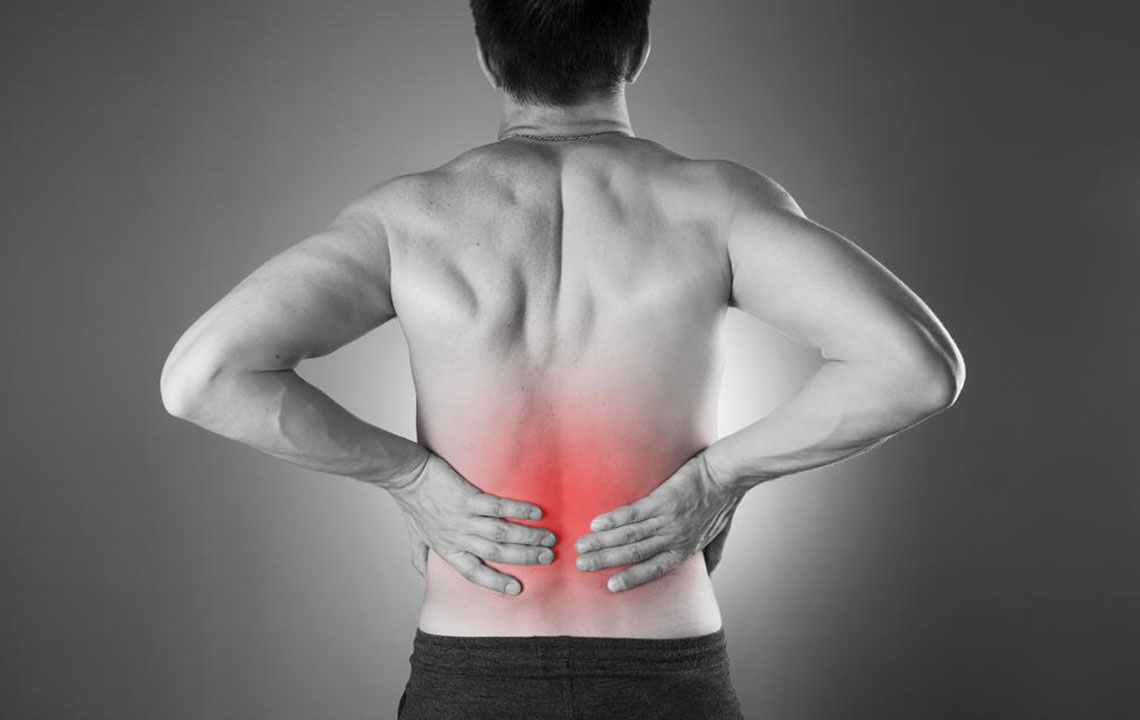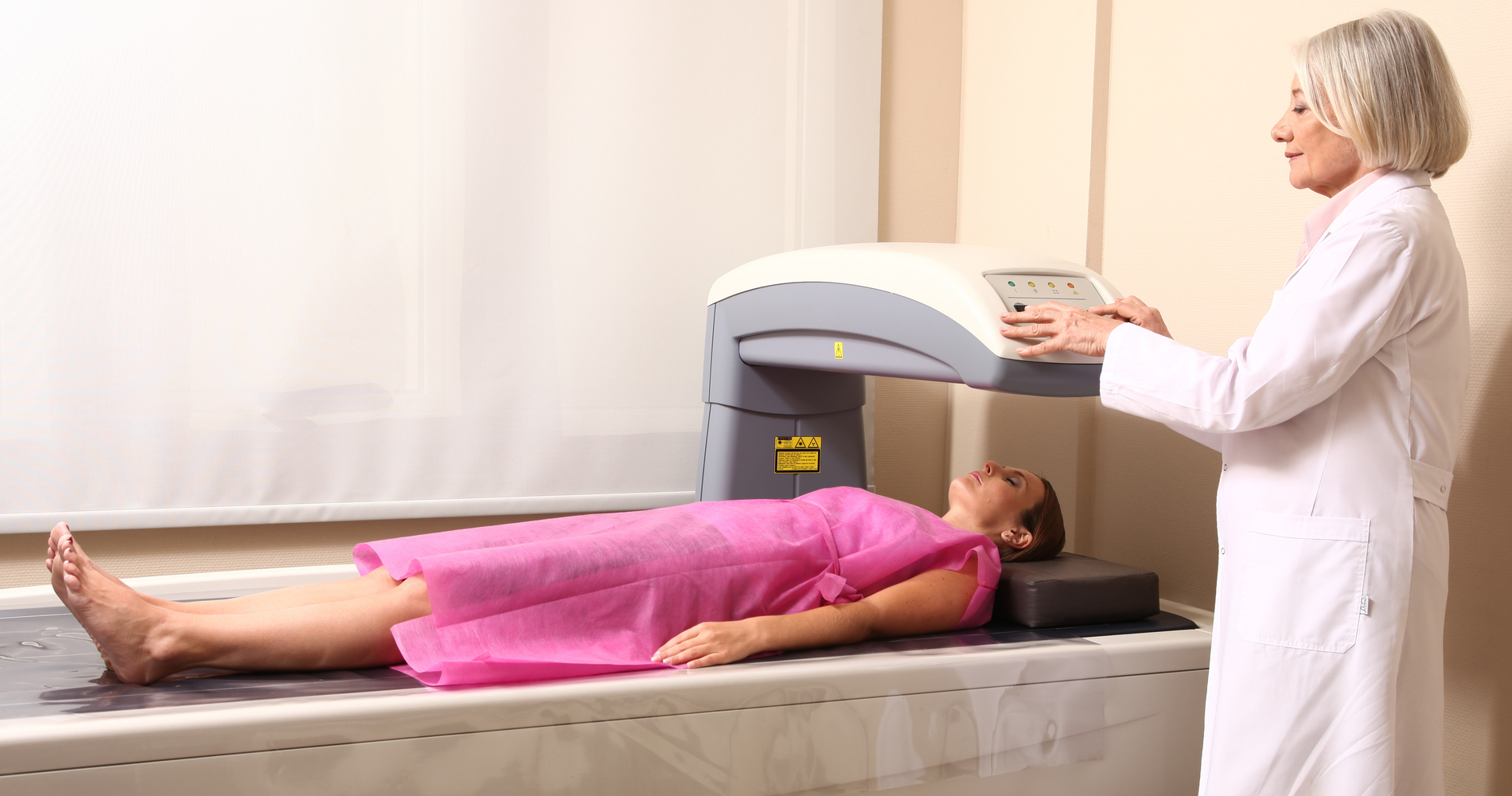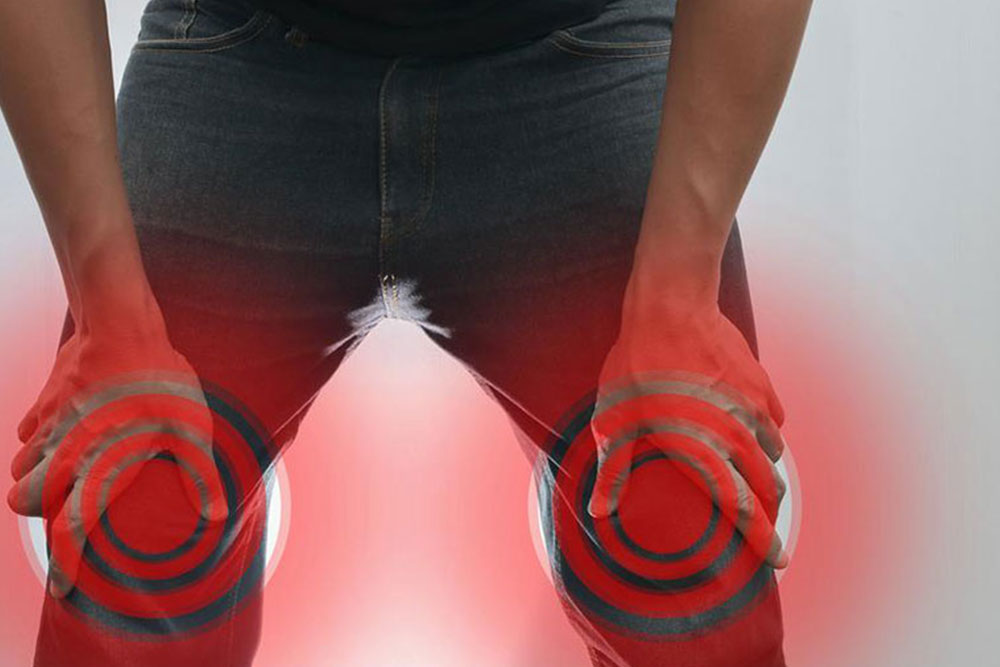Understanding Osteopenia: Symptoms and Treatment Strategies
Osteopenia is a condition marked by decreased bone density, increasing fracture risk. Early detection is vital, and treatment includes medications, hormone therapy, and lifestyle changes like diet and exercise. Preventative measures and regular health monitoring can help maintain bone strength and reduce complications, making professional consultation essential for effective management.

Understanding Osteopenia: Symptoms and Treatment Strategies
Osteopenia is a condition characterized by reduced bone density, which increases the risk of fractures. Over time, it often leads to calcium deficiency, causing fragile, weak bones. People with osteopenia should focus on bone-strengthening foods and avoid activities that risk falls. Consulting a healthcare provider is essential for proper management of symptoms and prevention of complications.
Signs and Symptoms
Most individuals with osteopenia are asymptomatic and may only discover the condition through bone mineral tests. Sometimes, fractures in the spine occur without prior symptoms.
Healthcare providers identify osteopenia by observing signs of spinal fractures, including severe back pain, decreased height, pain when bending or twisting, a stooped posture, and pain that worsens with standing or walking but improves when lying down.
Management and Treatment Options
If diagnosed early, treatment strategies may include:
1. Medications
Prescription drugs help slow bone loss and can improve bone density. Some may be taken weekly, monthly, or receive annual intravenous infusions, especially for postmenopausal women. Certain prescriptions mimic parathyroid hormone functions, encouraging new bone growth, while others also help reduce osteoporosis risk and lower breast cancer chances. Each medication carries potential risks and side effects, and after stopping treatment, ongoing management might be required to maintain bone health. Always discuss options and potential impacts with a healthcare professional.
2. Hormone Therapy
This approach can help women prevent bone loss, especially those at high fracture risk or experiencing menopausal symptoms. However, hormone therapy may increase risks like blood clots and should be carefully considered with medical advice.
3. Lifestyle and Home Management
Nutrition
Eating foods rich in calcium and vitamin D, such as dairy products, leafy greens, beans, and fatty fish, supports bone health.
Exercise
Engaging in weight-bearing activities like walking, jogging, or strength training for at least three days weekly strengthens bones and reduces fracture risk.
Fall Prevention
Ensuring your living space is safe by improving lighting, installing handrails, removing trip hazards, and using non-slip rugs reduces fall risk and protects fragile bones.
Important Notice:
The information provided is for educational purposes only. It should not replace professional medical advice. Always consult a licensed healthcare provider for diagnosis and treatment options regarding osteopenia or any health condition.










